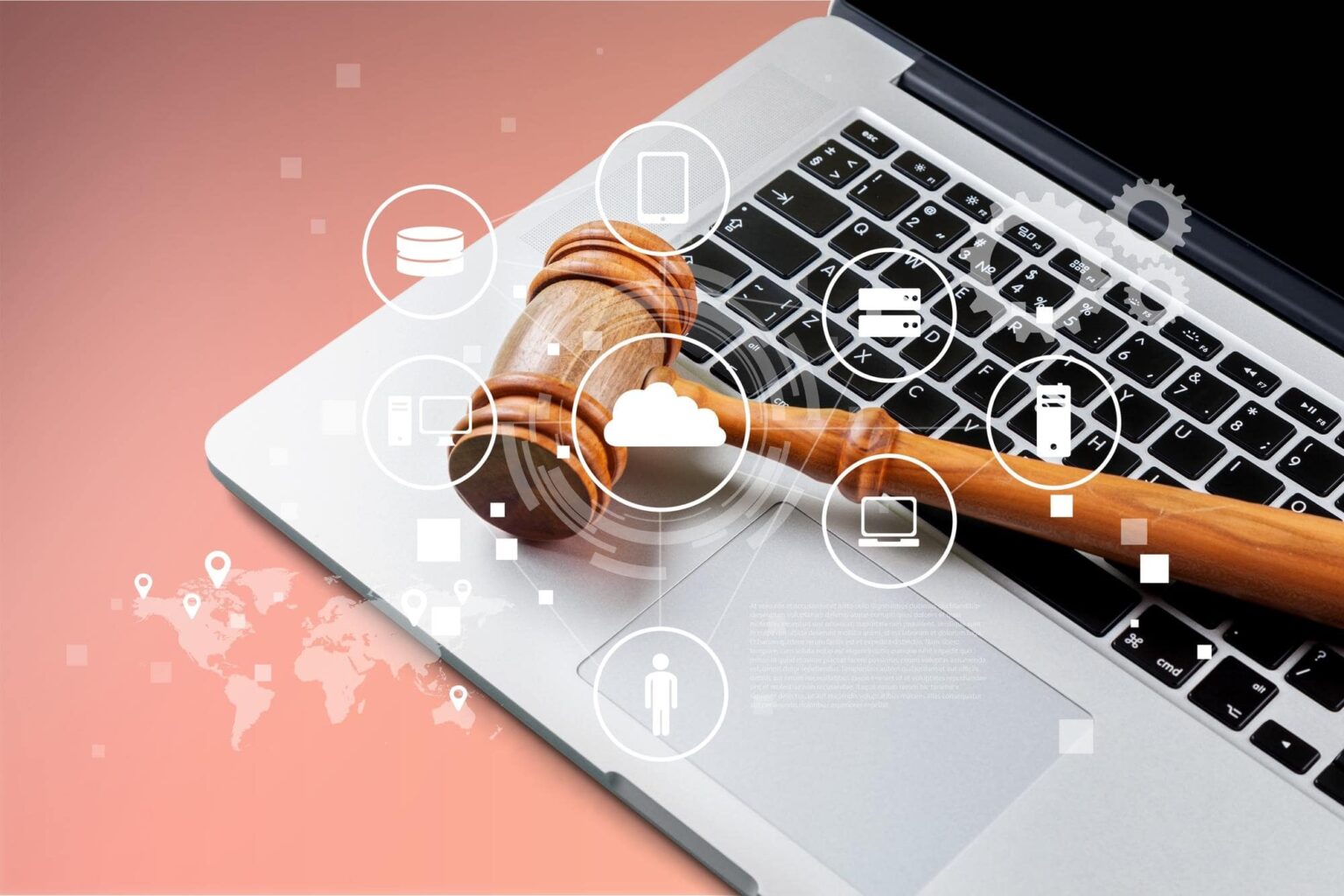Digital Rights Management (DRM) is a technology and set of practices used to protect intellectual property rights in the distribution of digital media. DRM systems help content creators and distributors control the access, usage, and distribution of their digital content. Here are some key aspects of DRM in media distribution:
- Content Protection: DRM technology employs encryption and access controls to prevent unauthorized copying, distribution, and use of digital media. It ensures that only authorized users can access and consume the content according to the rights granted by the content owner.
- Access Control: DRM systems enforce access control by requiring authentication or authorization before granting access to digital content. This prevents unauthorized users from accessing the content and helps ensure that only those with valid rights can enjoy it.
- Licensing and Digital Rights Enforcement: DRM allows content creators and distributors to define and enforce specific usage rights for their digital media. This includes limitations on copying, sharing, printing, and time-limited access. DRM systems enable the management and enforcement of these usage restrictions to protect the interests of content owners and copyright holders.
- Piracy Prevention: DRM technology plays a crucial role in combating piracy and unauthorized distribution of digital media. By implementing encryption and access controls, DRM systems make it more challenging for unauthorized users to illegally copy and distribute copyrighted content. While DRM is not foolproof, it acts as a deterrent and creates barriers that discourage casual piracy.
- Business Models and Monetization: DRM enables content owners to implement various business models for monetizing their digital content. It allows for the licensing of content on a subscription basis, pay-per-view, rental, or digital download. DRM systems provide the necessary controls and tracking mechanisms to enforce these business models and protect revenue streams.
- Device and Platform Compatibility: DRM systems often include mechanisms to ensure compatibility across different devices and platforms. This allows content to be securely distributed and consumed on a wide range of devices, including smartphones, tablets, computers, and smart TVs. DRM technology helps ensure that content can be protected and accessed on authorized devices without compromising security.
- Balancing User Experience and Protection: DRM implementation should strike a balance between content protection and user experience. While DRM is necessary to protect intellectual property, overly restrictive DRM measures can negatively impact user experience, leading to frustration and potential user backlash. It is crucial to find the right balance between protection and convenience to maintain user satisfaction.
- Industry Standards and Interoperability: DRM systems often adhere to industry standards and interoperability guidelines. This promotes compatibility between different DRM platforms and ensures that content can be accessed across various devices and applications. Standards such as MPEG-DASH and Common Encryption (CENC) help foster interoperability and simplify the implementation of DRM for content distributors.
DRM technology plays a vital role in safeguarding the rights and interests of content creators and distributors in the digital media landscape. However, it is essential to address the challenges associated with DRM, such as user privacy concerns, interoperability issues, and finding the right balance between protection and user experience. Effective DRM implementation requires a thoughtful approach that respects intellectual property while ensuring a positive user experience.



